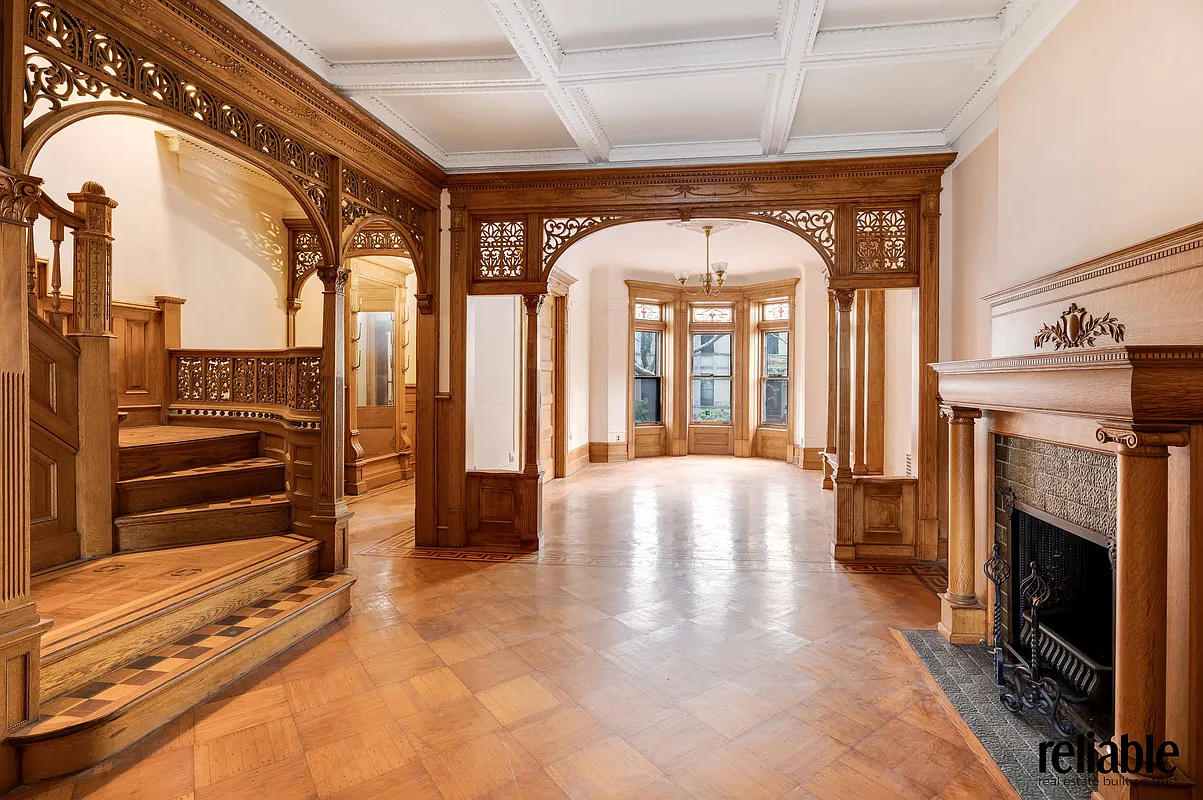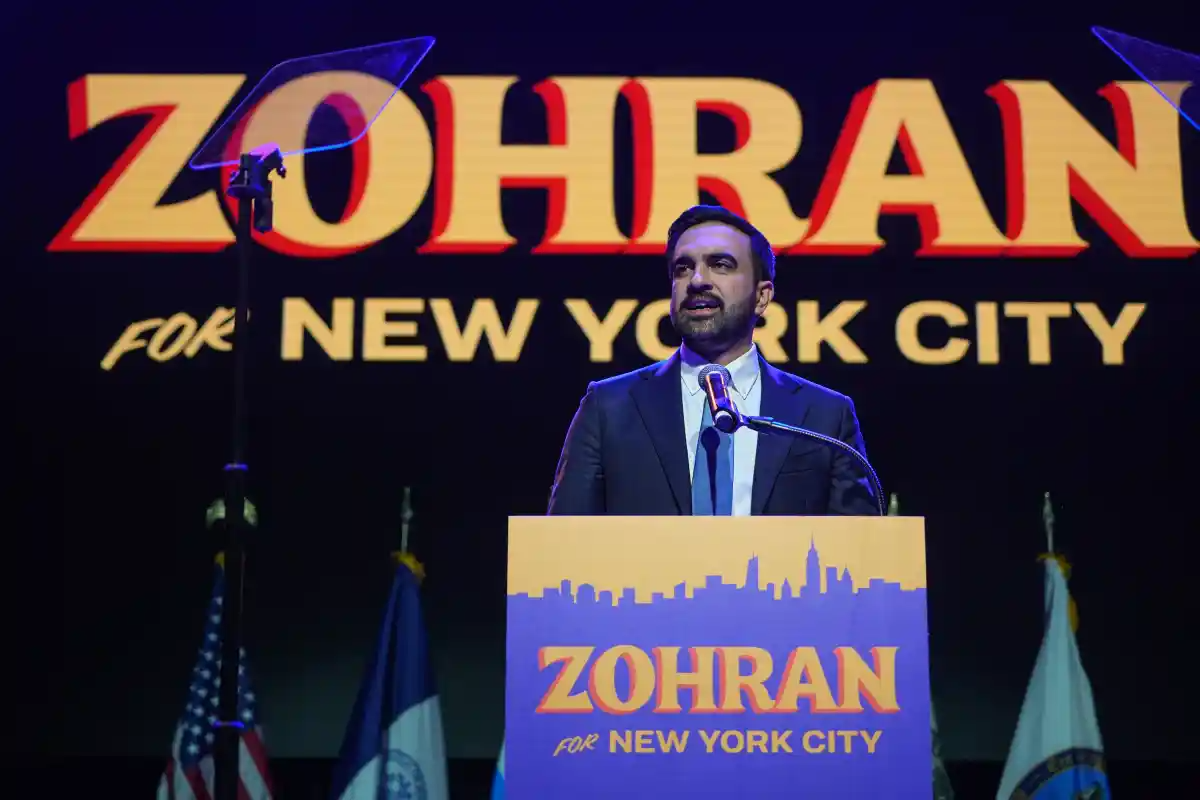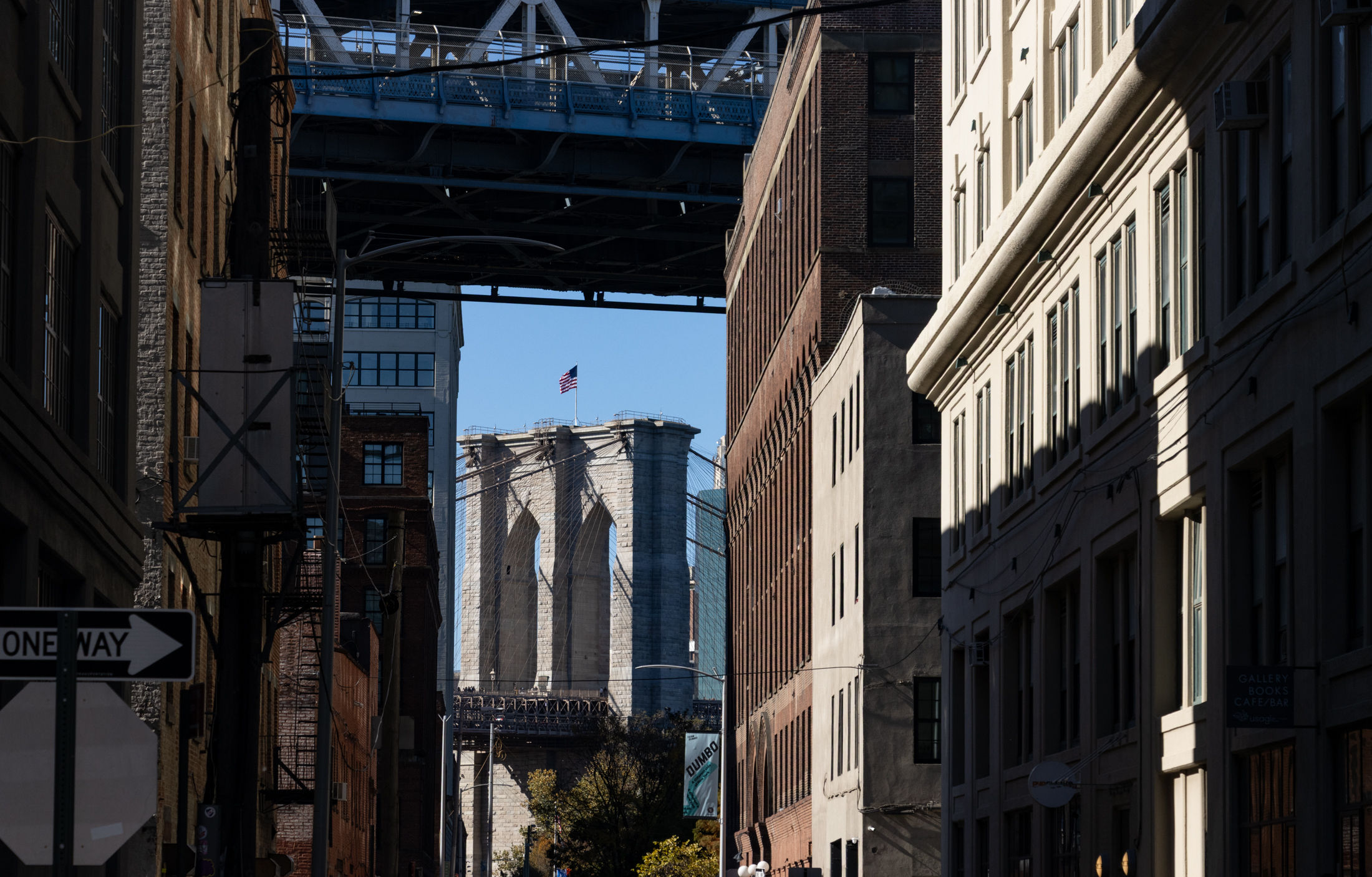And the Discussion on the Future of Suburbia Continues
On the Times’ Freakonomics blog, leading urban theorists are debating what we’ve been talking about around here lately: the future of suburbia. The “smart people” they gathered to pontificate include James Kunstler, Thomas Antus, Jan Brueckner, Gary Gates, John Archer, Alan Berube and Lawrence Levy, who offered these predictions: The suburbs have three destinies, none…


On the Times’ Freakonomics blog, leading urban theorists are debating what we’ve been talking about around here lately: the future of suburbia. The “smart people” they gathered to pontificate include James Kunstler, Thomas Antus, Jan Brueckner, Gary Gates, John Archer, Alan Berube and Lawrence Levy, who offered these predictions: The suburbs have three destinies, none of them exclusive: as materials salvage, as slums, and as ruins. Or: If [gentrification] continues in a significant way, large numbers of suburban households looking for urban stimulation may end up switching places with minority central-city dwellers, stirring the ethnic pot in both places. Or, this vision: Suburbia will be flexible, it will be smarter, and it will be hybrid. So which is it?
What Is the Future of Suburbia? [Freakonomics Blog]
Suburbia. Photo by Stacy Magallon.





fsrq – thats not true. Streetcars produce no local pollution and the pollution involved in the production of the electricty they use can be near-eliminated at source. Electric buses perhaos – but you are talking about “fuel”.
I am not ‘proposing’ anything – other than that as a society we do not divert resources to maintain unsustainable communities in the name of nostalgia.
I agree that many of the small towns (i.e. main street and the denser residential dev around them) will and can survive – whether it is through tourism and retirees or niches like colleges (Oneonta) or museums (Cooperstown)
– all I am saying is that living in a 3br Colonial 20mi outside of Oneonta – connected only by auto transportation – really isnt sustainable for future generations ( nor is unrelenting suburban sprawl – ala Atlanta) and that society (thru Govt) shouldnt waste resources trying to “preserve” these communities.
Be that as it may – I am sure plenty of rural type communities will survive – I just don’t think that Govt policy should be to support it (just like it shouldnt support unsustainable suburban enclaves) – if people who want to live in such arrangements and they can ‘afford’ too – then god bless – but society has to promote a future that will provide the most opportunities for all.
So, fsrq, what are you proposing? That the small towns and villages near places like Oneonta just turn into ghost towns? I don’t think that will happen to most. Perhaps those villages that are only a crossroads that never had industry other than the village post office, a general store and a gas station (usually all in the same building, run by one family) will fade away, but most of these towns, which are all around 200 years old, will survive in some sense. Just as not everyone in the burbs wants to live in the city, town and village folk are quite happy the way they are, and will fight to keep their way of life. I think it will be tough, and many younger people will leave, but that has always been the case. On the bright side, as more and more people find that they can work from home, via the internet, people will stay or move back to the countryside.
I would’t discount the economic effect of wealthier retirees or summer people, they are usually very welcome to the local economy, unless they start acting like the kinds of gentrifiers who want the world to change to suit them. Sometimes an artists’ colony can save a town. The appeal of a small town: quiet, snail’s pace, the beauty of the countryside, village life in general, certainly can be a wonderful alternative to the hustle and bustle of city life.
I think the variety of life offered by urban, suburban and country life is necessary to a strong country, as well as to our historic ability to find life where we choose, and make the most of it. Too much planning and overthinking is not going to change that for most people.
“wrong about what? that stop is in 11238. ”
i disagree with you i disagree
It really doesn’t mater, but that stop (7th and Flatbush) is 11217.
If you have to see for yourself, google “300 flatbush avenue, brooklyn, ny” (the nearby Duane Reade) and see what ZIP code you get.
sheesh. 11238 is a block or so away.
dave, some of the original streetcar suburbs in SF are absolutely gorgeous. also interesting are the neighborhoods along the old trolley lines in the east bay.
Sorry but Streetcars are a total waste of infrastructure $. A street car can do nothing that a well designed bus with a DEDICATED LANE and stops can do – and the bus requires little extra cost beyond the bus and fuel itself.
lol at the fury here.
In the end, cost and quality of life will prevent the city from draining the suburbs.
As the city gets more and more expensive and more and more crowded there will come a tipping point where people start realizing that with young kids and high costs they never go to the exciting restaurants anyway and that 3 bedroom 2 story house with the garage and backyard starts to look real real nice.
But I do think there has been a large positive shift in perception of city living that will last for a long time (which is a good thing even if it is driving up my living costs).
ENY…that’s an interesting article. The Market Street line in San Francisco with all the old restored streetcars is one reason the areas it served beyond downtown prospered over the past 10-15 years.
http://www.nytimes.com/2008/08/14/us/14streetcar.html?ref=us